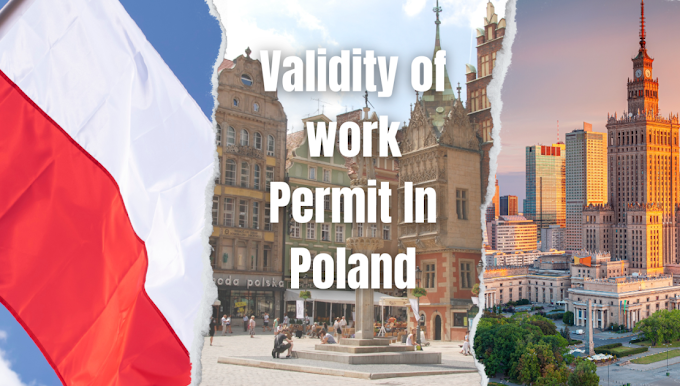Obtaining a Permanent Residency (PR) visa in Australia is a multi-step process that involves meeting specific criteria set by the Australian government. Here's a general guide on how to apply for a PR visa in Australia:
1. **Choose the Right Visa Category**
- **Skilled Independent Visa (Subclass 189)**: For skilled workers not sponsored by an employer, state, or family member. It's based on points for age, education, work experience, and English proficiency.
- **Skilled Nominated Visa (Subclass 190)**: For skilled workers nominated by an Australian state or territory. Points-based like the 189 visa, but with state nomination.
- **Skilled Work Regional (Provisional) Visa (Subclass 491)**: For skilled workers nominated by a state/territory or sponsored by an eligible family member living in a designated regional area. It’s a provisional visa leading to PR.
- **Employer Nomination Scheme (ENS) Visa (Subclass 186)**: For skilled workers nominated by an employer. Requires work experience in a relevant occupation and meeting English language requirements.
- **Regional Sponsored Migration Scheme (RSMS) Visa (Subclass 187)**: For skilled workers nominated by an employer in regional Australia. This visa has been replaced by the Subclass 494 visa, but pathways to PR still exist.
- **Family-Sponsored Visas**: For those with an eligible Australian citizen, PR, or eligible New Zealand citizen as a sponsor.
- **Business or Investor Visas**: For business owners, investors, or entrepreneurs wanting to establish or invest in a business in Australia.
2. **Check Your Eligibility**
- **Points System**: For points-based visas (e.g., Subclass 189, 190), ensure you meet the minimum points requirement (currently 65 points). Points are awarded based on factors like:
- Age (25–32 years old gets the maximum points)
- English language proficiency (IELTS or equivalent)
- Skilled employment experience
- Educational qualifications
- Australian study requirement
- State or territory nomination (for Subclass 190)
- **Skills Assessment**: You must have your skills assessed by a relevant assessing authority. This assessment confirms that your skills meet Australian standards for your occupation.
- **Occupation in Demand**: Your occupation must be on the relevant Skilled Occupation List (SOL) or Consolidated Skilled Occupation List (CSOL).
3. **Submit an Expression of Interest (EOI)**
- **SkillSelect**: Submit an EOI through the SkillSelect system. This is not a visa application but an indication that you want to be considered for a skilled visa.
- **Waiting for Invitation**: After submitting your EOI, you must wait for an invitation to apply for a visa. Invitations are issued periodically based on the highest-ranking EOIs.
4. **Apply for the Visa**
- **Invitation**: If your EOI is successful, you’ll receive an invitation to apply for the visa.
- **Documentation**: Prepare and submit all necessary documentation, including proof of identity, educational qualifications, skills assessment results, work experience, and health and character checks.
- **Application Fee**: Pay the visa application fee when submitting your application.
5. **Health and Character Requirements**
- **Health Examination**: You and your family members included in the application will need to undergo a medical examination to ensure you meet Australia’s health requirements.
- **Character Check**: You’ll need to provide police certificates from every country you have lived in for 12 months or more in the past 10 years after turning 16.
6. **Wait for the Decision**
- **Processing Time**: Processing times can vary depending on the visa subclass, your location, and the completeness of your application. It can take several months to over a year.
- **Bridging Visa**: If you’re applying from within Australia and your current visa expires while waiting for a decision, you may be granted a Bridging Visa to stay in Australia legally until your PR visa is processed.
7. **After Visa Grant**
- **Permanent Resident Status**: Once your PR visa is granted, you’ll receive the right to live, work, and study in Australia indefinitely. You’ll also have access to Medicare, Australia’s public healthcare system.
- **Pathway to Citizenship**: After living in Australia as a PR for at least 4 years (with at least 1 year as a PR), you may be eligible to apply for Australian citizenship.
Additional Tips:
- **Consult a Migration Agent**: Consider hiring a registered migration agent to assist with your application. They can provide expert advice and increase your chances of success.
- **Stay Informed**: Australian immigration policies can change, so keep yourself updated on the latest requirements and guidelines.
The process can be complex, so careful planning and attention to detail are crucial to successfully obtaining PR in Australia.









0 Comments